Can I Save Seeds From My Garden?
Can I Save Seeds From My Garden?
Can I grow new plants from the seed pods on my plants?
In the fall much of the garden is filled with plants that have produced seeds, leading our customers to wonder if they can save those seeds in order to grow more plants next spring. Here are tips for success, a few possible drawbacks, and ideas for keeping seeds over the winter.
Seeds need to be fully mature.
If a seedpod is too young and green, the contents won’t be mature enough to grow. In general, most seedpods turn tan, brown or near-black when the seeds are finished developing. If you’re unsure if a seedpod is ready to pick, open one up and look at the seeds inside. If they are white, they are not ready.

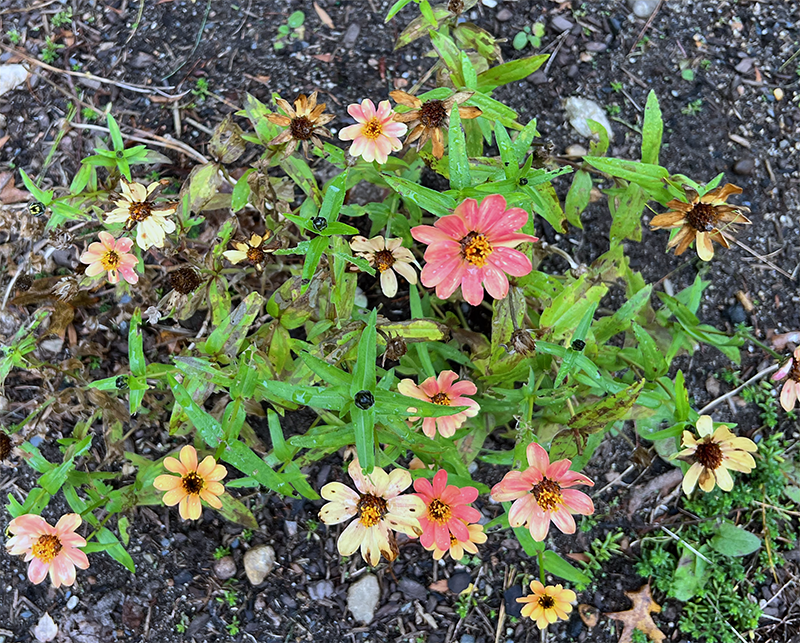
How to I save seeds for next year?
Most seedpods can be clipped from the plant and put into a paper envelope or paper bag. Write the name of the plant on that envelope or bag, and place it in a plastic container or jar so that they don’t attract mice. You can also put seeds directly in a clean glass jar. Store that container in a cool place, but not in the refrigerator. An unheated garage or basement is fine.
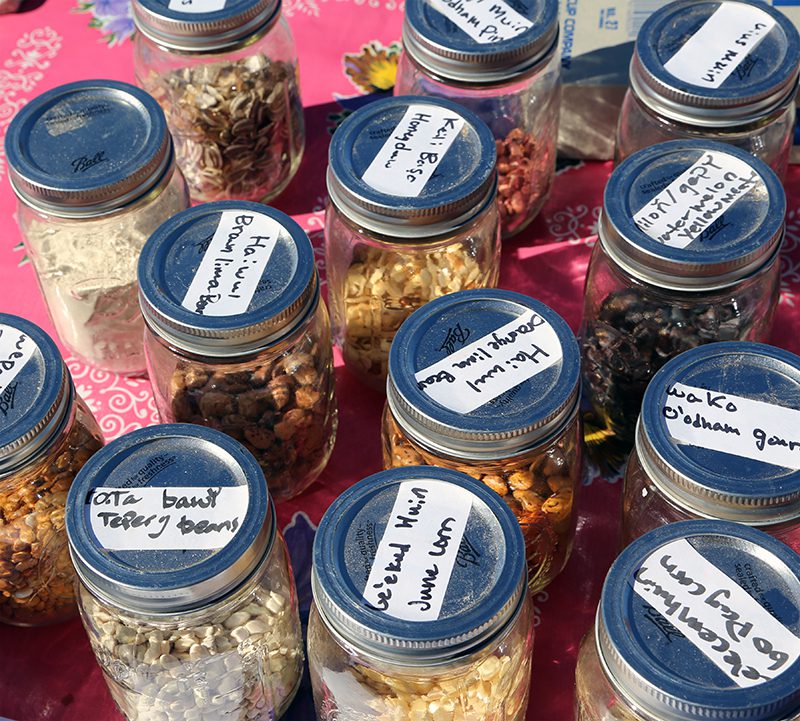
Can I scatter the seeds outside instead of storing them?
Most seeds can be scattered on the ground where you want them to grow, but this may or may not be successful. When out in the elements they are available for birds and other wildlife to eat. Heavy rains might wash them away, and variations in soil moisture might prompt them to sprout but then dry up. So you might get fewer plants from directly scattered seeds.
Placing the seeds directly on the ground is most successful if you are clear what the seedlings look like once they sprout and begin to grow. The area where you’re scattering seed undoubtedly contains weed seeds as well, and these will sprout along with the plants you desire. You’ll need remove the young weed plants so that they don’t out-compete what you are trying to grow.
If you’re unsure if a seed needs a cold period for germination, try scattering some outdoors where you want them to grow, but saving some to plant in pots or flats the following spring. Not all seeds need cold temperatures in order to sprout.
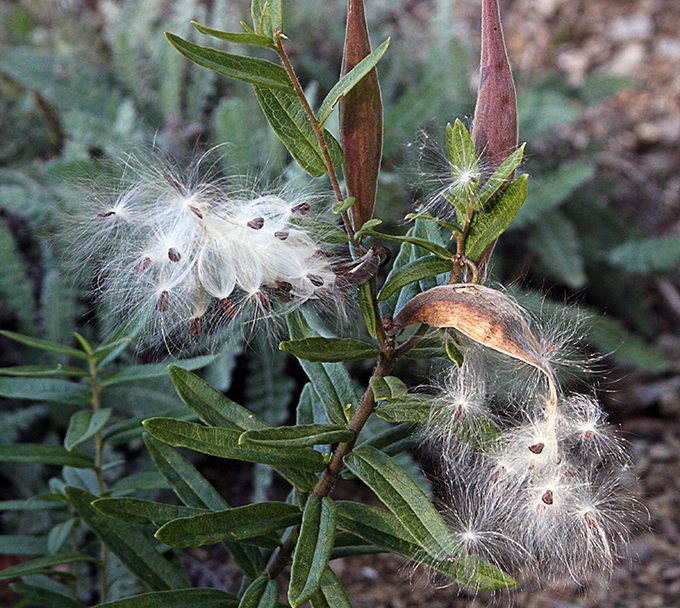
Will the seeds I save produce plants that look the same as the plant I took them from?
The short answer to this is “maybe.” When a seed is likely to produce a plant that looks like its parent, we call this “coming true from seed.” While it’s always possible for any seed-grown plant to have some variations in size, vigor and flower color, plants that come true from seed tend to be very similar generation to generation.
Some hybrid plants, however, may produce plants that resemble the parent plants that were cross-pollinated to produce seeds that grow with unique characteristics that are different from the parents. You may hear people say something like “this is a hybrid plant that doesn’t come true from seed.” Planting seeds from hybrids is an adventure; you may get plants that are different in size and shape, have fewer flowers, or produce varying colors of blooms.
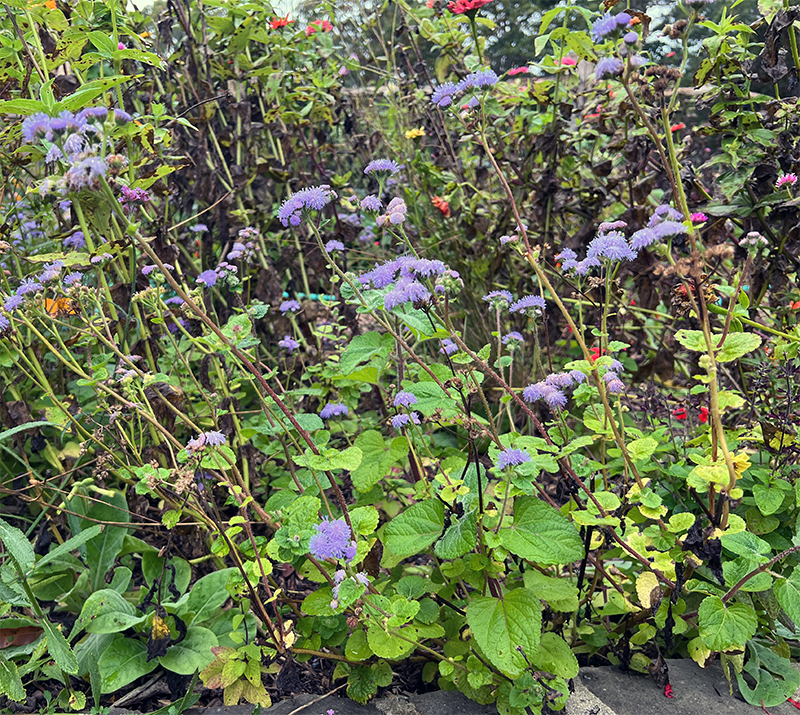
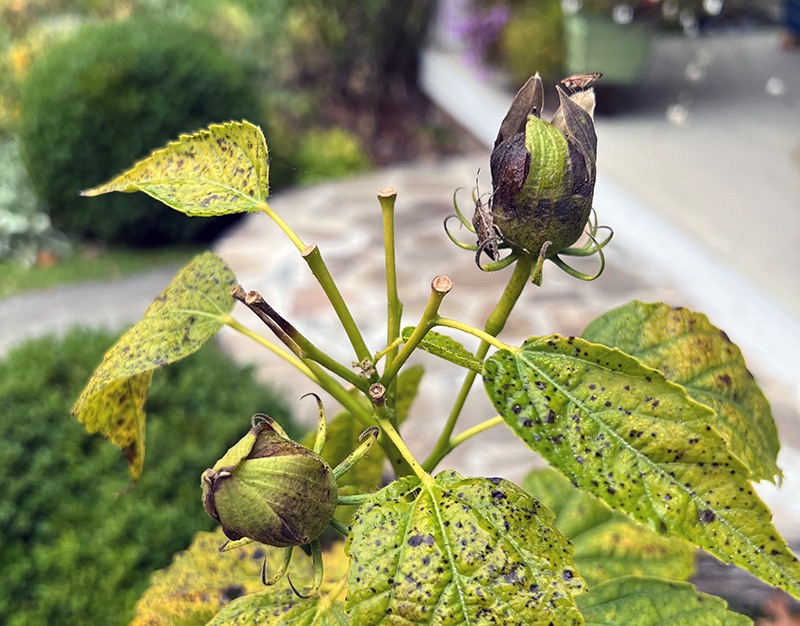
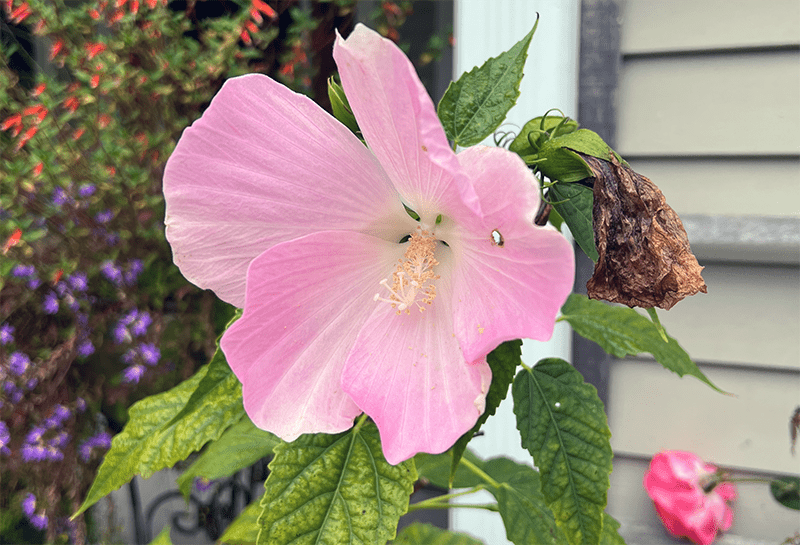
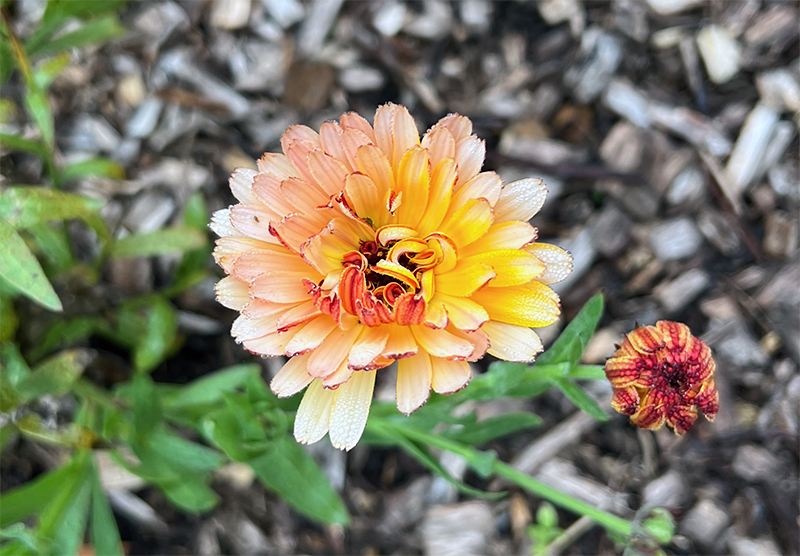
Saving seeds is for adventurous gardeners!
Part of the fun of saving seeds from your garden is not being sure what you’re going to grow. Will the resulting plants look similar to the parent plant or will you see something completely different? Will all of your saved seeds germinate or only a few? If you can embrace the uncertainty as part of the enjoyment, you just might become a frequent seed-saver!
For more information about saving vegetable seeds, go to this website from the University of Maine Cooperative Extension.
Subscribe To Our Newsletter
Sign up for our weekly email about sales and events.
